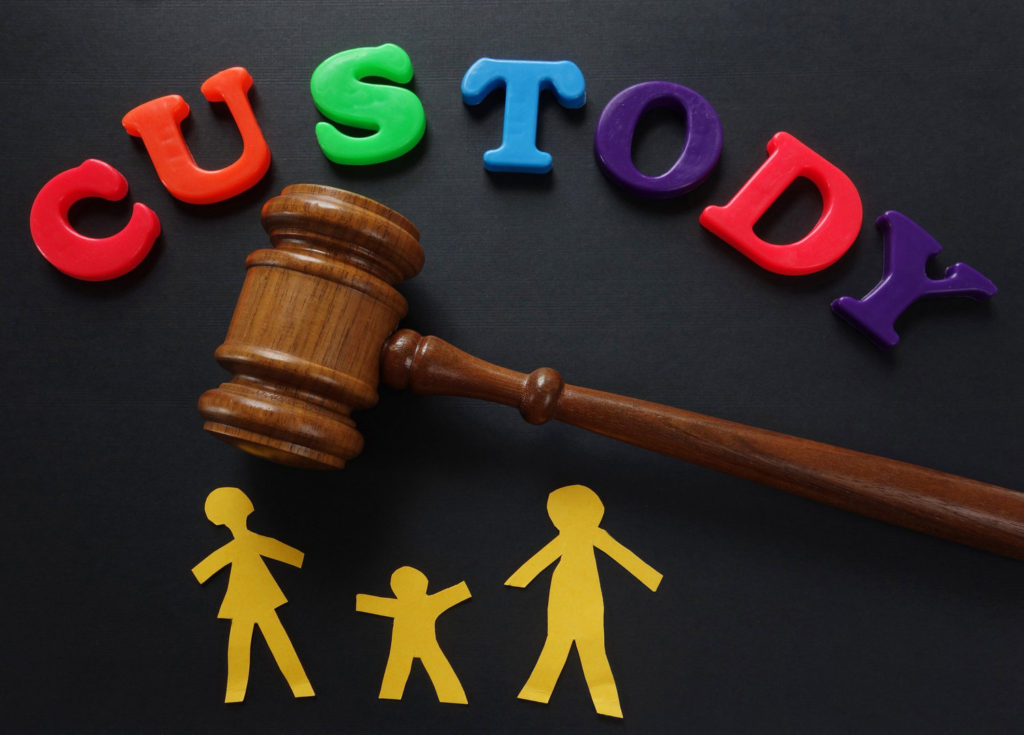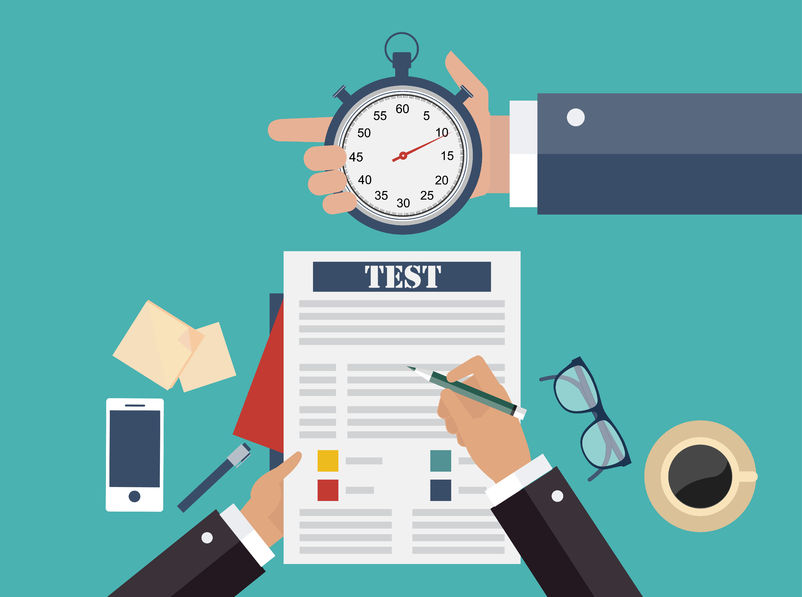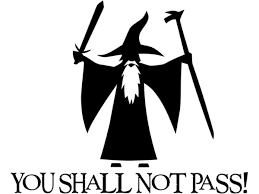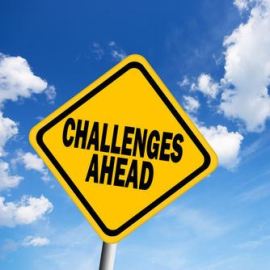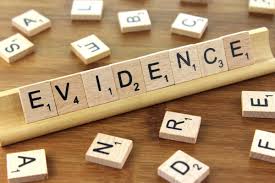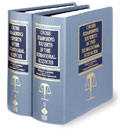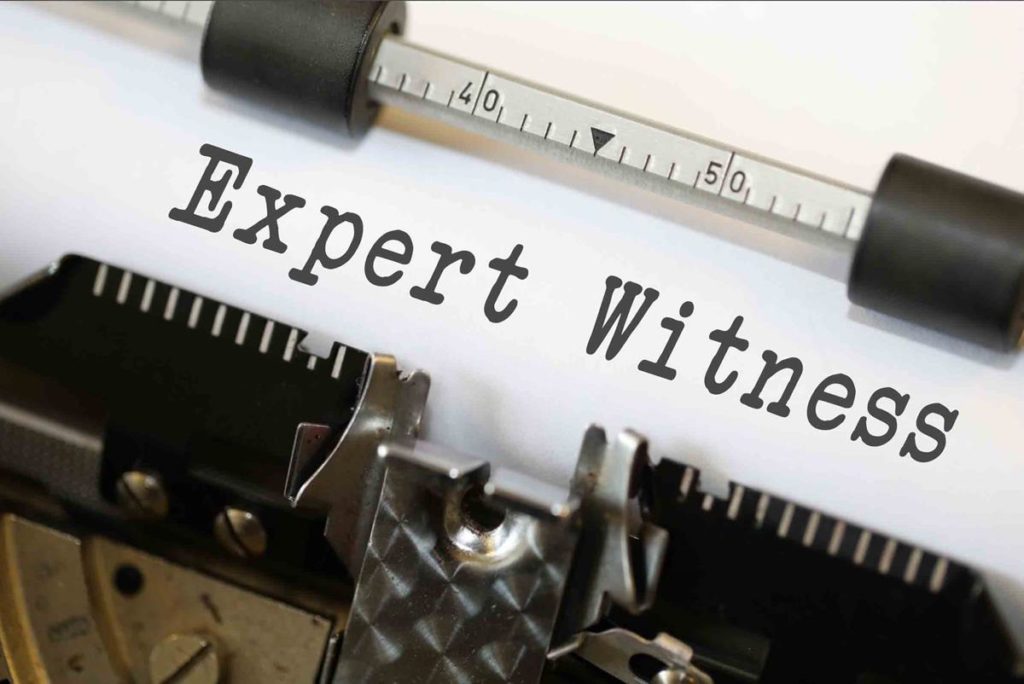The 1994 guidelines of the American Psychological Association indicate that child custody evaluations should respond to the best interests of the children as the issue of ultimate importance.[1] In pursuing the best interests of the children involved, these guidelines recommend assessing: (1) the parental capacities of the competing parties, (2) the developmental status of the children including consideration of their needs and preferences when appropriate, and (3) what custody arrangement approximates the best fit between parental capacities and children’s needs.[2]
When addressing these three questions, custody evaluators must recognize the daunting task facing them. We at PsychLaw.net emphasize that in particular, custody evaluators need to appreciate the complexity of the issues associated with these evaluations. Profound changes in life circumstances provoke profound changes in how people behave ‑ and divorce surely qualifies as a profound change in life circumstances. As a result, custody evaluations on a pre‑decree basis typically involve the difficult task of assessing a situation that does not yet exist ‑ how each parent will function as a single‑parent. We at PsychLaw.net feel that consequently, custody evaluators are obligated to assess: (1) the pre‑decree characteristics of existing parent‑child relationships, (2) the situational demands each parent will encounter as a single‑parent, and (3) how pre‑decree parental effectiveness will combine with the status of single‑parent to influence post‑decree parental effectiveness.
Divorce and Changing Family Dynamics– Assessment Issues
Assessing post‑decree parental effectiveness is further complicated by the inevitable behavioral changes exhibited by children as they grow and mature. A recently recommended standard ‑ “the approximation rule” ‑ overlooks the profound changes associated with child growth and development. The approximation rule advocates that subsequent to divorce, custody arrangements should approximate, as much as possible, the child rearing circumstances that existed prior to divorce.[3] The approximation rule, however, assumes a degree of stability in the needs of children that, in fact, do not exist. As children grow and mature, their relationships with their parents inevitably change.
Compromised parental effectiveness frequently corresponds to reduced emotional sensitivity, decreased parental attentiveness, and parental unavailability. These parental characteristics ‑ increased unavailability, deceased attentiveness, and reduced sensitivity ‑ are common responses to the stress of divorce.[4] Fortunately, these characteristics progressively resolve themselves over time as parents adjust, and reorganize their lives in response to divorce.[5]
It is taught at PsychLaw.net that custody evaluators must also appreciate the inordinate stress associated with marital dissolution and divorce. These situational considerations are so powerful that they frequently influence reactions to divorce more than the personality characteristics of the litigants. A 1997 article examining responses to the Minnesota Multiphasic Personality Inventory‑2 in custody evaluations emphasized:
“With few exceptions, child custody litigants represent a normal population undergoing a psychologically agonizing experience in their family life.”[6]
Custody evaluators who overlook these considerations are at risk for committing the “fundamental attribution error” discussed in Previous Posts. This error leads custody evaluators into overemphasizing the personality characteristics of competing parental parties, and underemphasizing the significance of the situational circumstances confronting them.[7]
Cross‑Examination Regarding Divorce and Changing Circumstances
- Dr. X, you would agree that profound changes in life circumstances provoke profound changes in how people behave ‑‑ Correct?
- And you would also agree that divorce qualifies as a profound change in life circumstances ‑‑ Correct
- A custody evaluation in a case like this is an exceedingly difficult task ‑‑Correct?
- A custody evaluation in this case is an exceedingly difficult task because you are attempting to assess a situation that does not yet exist ‑‑ Correct?
- For example, you have attempted to assess how these litigants will function as single parents ‑‑ Correct?
- But in fact, neither one of them is a single parent at this point in time ‑‑ Correct?
- Therefore, you were faced with the task of assessing how the reactions of these parents to the stress of divorce will influence their parental effectiveness ‑‑ Correct?
- Considering the needs of the children involved, we know that their needs will change as they grow and mature ‑‑ Correct?
- Parental behaviors that are effective at this point in time, may not be effective in the future as result of changes in their children’s behavior ‑‑ Correct?
- And the stress of divorce can temporarily compromise parental effectiveness ‑‑ Correct?
- And with the passage of time, most people recover from the devastating effects of divorce ‑‑ Correct?
- Adjusting to the stress of divorce assists most people to function more effectively as parents ‑‑ Correct?
- But, you do not know whether one, or both, of these parents will remarry ‑‑ Correct?
- And if one or both of these parents remarry, you don’t know how the remarriage will influence their parental effectiveness ‑‑ Correct?
- And you do not know what kind of peer‑group influences these children will encounter in the future ‑‑ Correct?
- In other words, there are many future developments that will transpire in the lives of these parents and children which you cannot factor into your current recommendations ‑‑ Correct?
- The value of your evaluation is therefore limited because of all the future events in the lives of these children, and their parents, that you cannot accurately forecast ‑‑ Correct?
_____________________________________________________________________________
[1]. For one of the more interesting statements on the children’s best interests, see:Parham v J.R., 442 U.S. 584 (1979) [Did the parents act in the child’s best interests in committing the child to a mental institution.]
[2]. American Psychological Association (1994). Guidelines for child custody evaluations in divorce proceedings. American Psychologist, 49, 677-680.
[3]. Scott, E.S. (1992). Pluralism, parental preference, and child custody. California Law Review, 80, 115-172.
[4]. Hetherington, E.M., Bridges, M., & Insabella, G.M. (1998). What matters? What does not?: Five perspectives on the association between marital transitions and children’s adjustment. American Psychologist, 53, 167-184.
[5]. Wallerstein, J.S. & Lewis, J. (1998). The long-term impact of divorce on children: A first report from a 25-year study. Family and Conciliation Courts Review, 36, 368-383.
[6]. Bathurst, K., Gottfried, A.W., & Gottfried, A.E. (1997). Normative data for the MMPI-2 in child custody litigation. Psychological Assessment, 9, 205-211 (p. 209).
[7]. Fundamental attribution errors and the mis-emphasis of particularities in a divorcing circumstance are endemic to the court’s search for information. See, i.e.:Rohman, Sales, and Lou, (1990). The Best Interests Standard in Child Custody Decisions. In David Weisstub (Ed.), Law and Mental Health: International Perspectives (Volume 5) 40; Sales, Manber, Rohman,(1992). Social Science Research and Child Custody Decision-Making. 1 Applied and Preventive Psychology: Current Scientific Perspectives 23.

